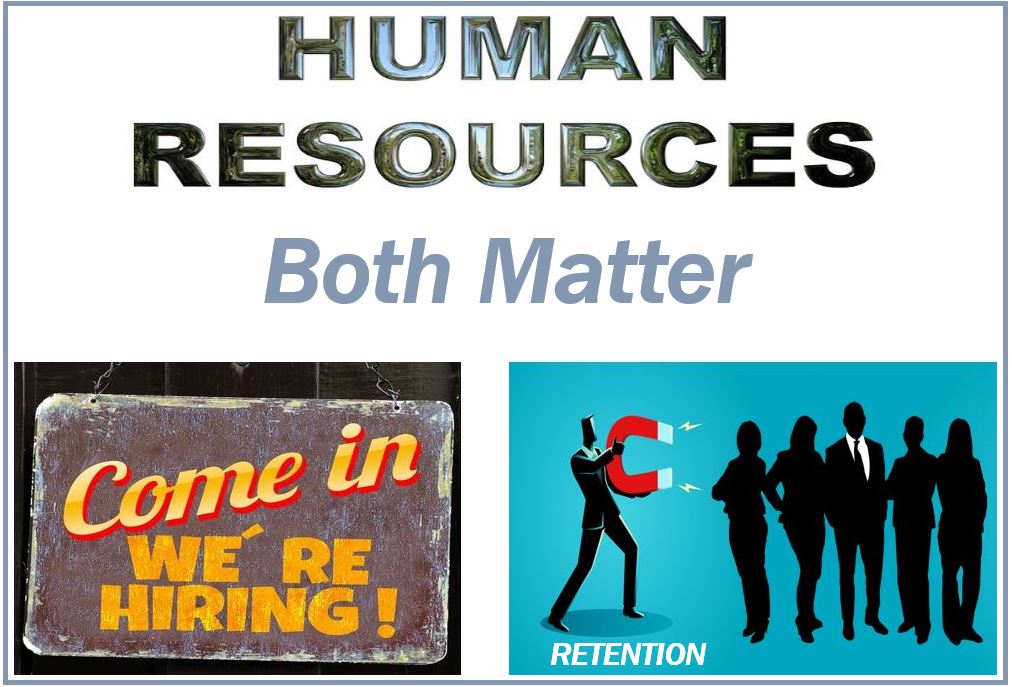 By now, it’s well known that Australian businesses have their work cut out for them in their efforts to boost employee engagement. After all, a recent study found that a scant 14% of Australian workers are engaged, and that’s about as alarming a figure as can be. To fix the problem HR departments nationwide have started to design and implement employee engagement initiatives, many of which are only now starting to come into full force. HR stands for Human Resources.
By now, it’s well known that Australian businesses have their work cut out for them in their efforts to boost employee engagement. After all, a recent study found that a scant 14% of Australian workers are engaged, and that’s about as alarming a figure as can be. To fix the problem HR departments nationwide have started to design and implement employee engagement initiatives, many of which are only now starting to come into full force. HR stands for Human Resources.
In the meantime, another parallel crisis has been brewing in HR: employee churn. There’s no doubt that the two problems are closely related, but until engagement improves it is obvious that something’s going to have to be done to stem the tide of employee departures – and that it’s going to be up to HR departments to figure out how to do it.
The good news is that employee retention isn’t as much of an unknown quantity as employee engagement, and there are some tried-and-true methods that can form the basis of a plan to keep a company’s best performers from flying the coop. Most of them involve changes to benefits and compensation packages, but they won’t all radically alter the bottom line. Here’s what they are.
Additional Paid Time Off
For a long time, the standard annual leave for Australians has been four weeks of paid time off. Some businesses, in an attempt to sweeten compensation for valuable employees, have also added days off for birthdays, bonus days, and even mental health days. Some have even started to embrace a growing trend of offering unlimited leave, as a way of granting employees greater schedule flexibility. For any HR department looking for ways to reduce turnover, adding an unlimited leave policy is a great place to start.
For an even greater effect, they should also consider offering unlimited paid time off. Although many business decision makers would blanch at the thought of paying more for fewer work hours, the reality for companies that have tried it so far has been far different than you’d expect. For example, the innovation consultancy Inventium started an unlimited paid time off policy and found that while employees did end up taking an average of 27 days off per year, but sick time has fallen by almost 50% and employees are more than respecting the intent of the policy.
Employee Development and Education
Of all of the ways that companies can help to retain employees, there’s one that stands out from the pack: offering professional development and education assistance. The reason it’s so important is that it serves multiple purposes including promoting employee retention, increasing engagement and creating a workforce with greater skills. In short, it’s the kind of benefit that offers a fantastic return on investment, so it should be at the top of every HR department’s list of retention strategies.
Programmes may be crafted to focus on job-related skills to offer a growth path for employees, or to provide funding for employees to pursue higher education. If an employer helps its’ workers earn an online masters while still keeping their career on track, they’re sure to reward the company with years of loyal service – it’s a win-win for all involved.
Flexible Work Arrangements
Sometimes, the best way to keep employees around is to just let them go – with flexible work arrangements. Such plans are becoming very popular among Australian businesses, with 89% reporting them to be important parts of their staff attraction and retention efforts. They have good reason to feel that way since a full third of professionals in the same survey indicated that flexible work options were critical to them remaining employed. That represents a direct and exact measure of how much of their workforces companies stand to lose if they don’t offer this desirable benefit.
For HR, however, this is one of the trickier retention programmes to design and implement, since it requires buy-in from managers who will have to deal with remote workers and ever-changing work schedules, as well as from IT departments who will have to deploy the necessary hardware to support off-premises work. Still, if a flexible work programme will mean retaining a third of a business’s workforce, they’d be foolish not to at least explore the option.
Retain and Engage
As Australian HR departments fight the battle for engagement on multiple fronts, crafting a retention programme that includes the above items should help keep positions filled and workers with valuable skills from heading elsewhere. If you think about it, retention is where businesses should be starting their engagement efforts anyway, since you can’t engage an employee who’s preparing to depart.
Together, though, a well-thought-out retention programme should dovetail with engagement efforts, creating plenty of incentive for employees to thrive within their roles. It’s a strategy that benefits everyone, and when it’s in place, businesses will have their HR departments to thank for all of the positive results.
Video – What is Human Resource Development
Companies that spend time and money on Human Resource Development, i.e., training and developing their employees, tend to keep them for longer than other businesses. This Market Business News video explains what the term means using simple examples.

